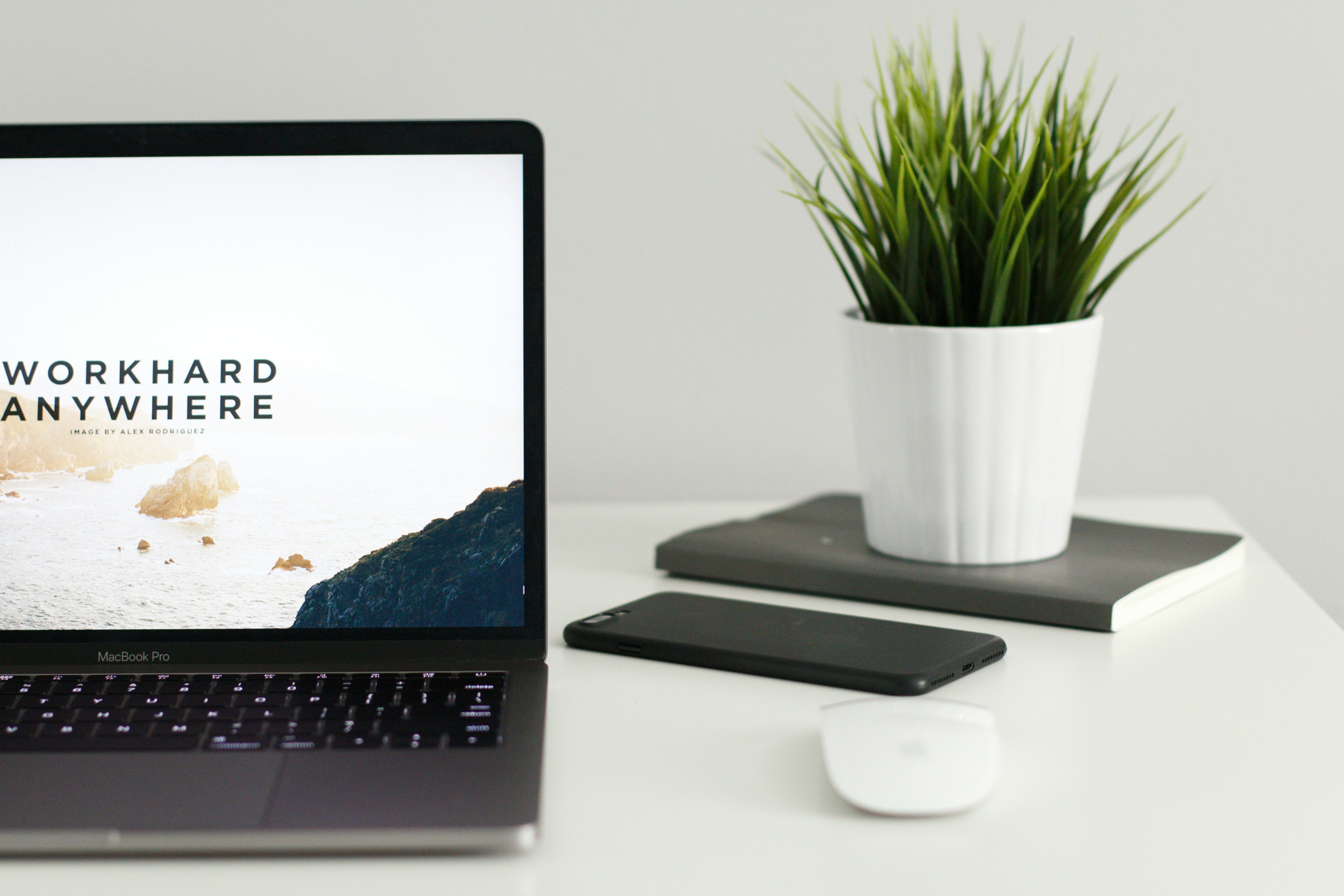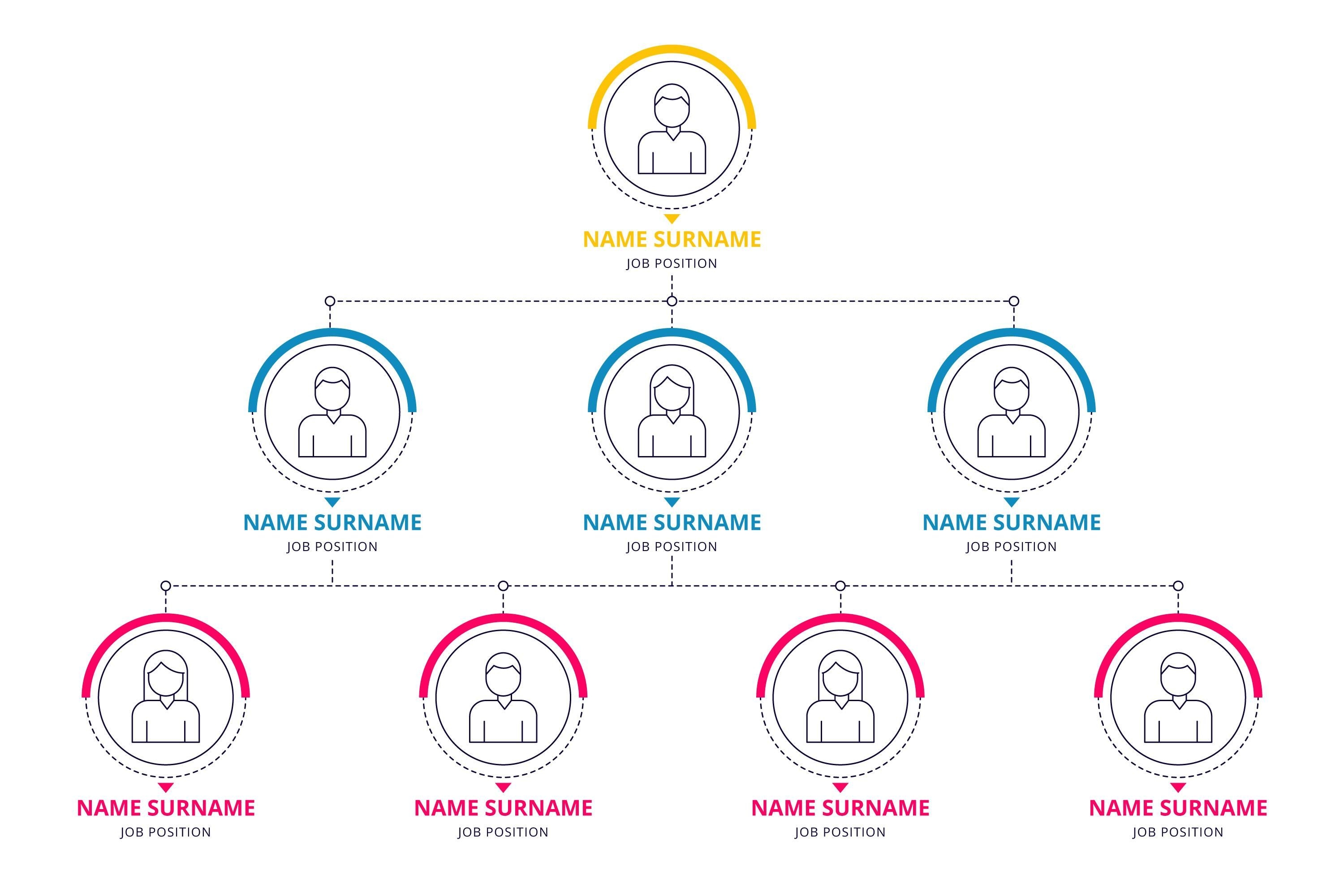The Future of Work: Balancing Flexibility, Productivity, and Well-being
Nethulya Sooriarachchi
20 Mar, 2025

Opening paragraph
Work today looks vastly different from the 1990s, or even a decade ago. Technology is evolving at an unprecedented pace, reshaping job structures, skills, and workplace dynamics. No single way of working remains static for long.
Recent studies highlight a significant shift in work models. According to a McKinsey report for 2025, 90% of companies worldwide have adopted some form of remote or hybrid work, with 35% of employees working remotely full-time. Simultaneously, the World Economic Forum estimates that AI-powered automation will impact nearly 375 million jobs globally by 2030.
Well, let’s look into this changing work life. We will discuss three key pillars shaping the future of work: flexibility, productivity, and well-being, and most importantly, how businesses and employees can navigate these changes to create a sustainable and balanced work environment.
Landscape of Work: 2025 Edition
Landscape of Work: 2025 Edition
The COVID-19 pandemic accelerated workplace transformation, making remote and hybrid models the new norm. Digital transformation, automation, and AI continue to drive changes, emphasising the need for adaptability.
Key emerging trends right now:
- Hybrid work growth: According to a survey by Gallup, 52% of employees prefer a hybrid work model, balancing remote and office work.
- Gig economy expansion: Platforms like Upwork and Fiverr have enabled over $1.5 billion freelancers worldwide, contributing $1.3 trillion to the U.S. economy alone, as reported by MIT Sloan Management Review.
- Automation and AI adoption: A PwC report estimates that by 2035, AI could boost global GDP by 14%, yet also require a reskilling of 40% of the workforce.
As you can see, for employees and businesses to keep up in today's changing world, staying curious and adapting is a must. It's not enough to just rely on what we already know; we have to be open to new ideas and flexible in our ways. By doing this, we can not only get by but actually grow in this ever-changing environment.

Flexibility at Work Right Now..
Flexibility at Work Right Now...
Flexibility in work is no longer optional, it’s a fundamental expectation. It includes remote work options, flexible hours, and result-oriented work environments. It is popular among the newer generations that if a workplace won’t allow flexible working, then it’s clearly a ‘toxic’ work environment. It’s not our word, it's the societal norm right now.
Good things about flexibility:
- For employees: According to a LinkedIn Workplace Trends report, employees with flexible work options report 29% higher job satisfaction and are 63% less likely to experience burnout.
- For employers: Companies that offer flexibility see a 25% increase in employee retention and 21% higher productivity, and this is according to MIT Sloan's study for 2025.
Challenges to Address:
- Communication gaps between remote and in-office teams are sometimes challenging, and maintaining team cohesion is amongst the biggest remote work challenges right now.
- Equity concerns are another challenge since remote employees may feel disconnected from opportunities compared to in-office colleagues.
Productivity in a Flexible Work Environment
Productivity in a Flexible Work Environment
A major shift in the future of work is how productivity is measured. Instead of tracking hours worked, businesses are focusing on output and results, which is a good thing.
Key Factors for Productivity in a Flexible Model:
- Technology and tools: A report by Harvard Business Review states that remote workers say collaboration tools like Slack, Microsoft Teams, Asana, and Trello boost efficiency and that they are more productive than in a traditional workplace environment.
- Accountability and clear goals: OKRs (Objectives and Key Results) and KPI-driven performance tracking improve clarity and alignment. This is because employees are focused on finishing tasks and showing performance instead of worrying about completing working hours or work shifts.
Seeing this, organisations must create environments that support both independence and collaboration to sustain productivity in flexible work models.
Top Priority: Employee Well-being
Top Priority: Employee Well-being
Well-being is central to long-term workplace success. Employees who feel supported perform better and stay engaged.
Strategies for Promoting Well-being:
- Work-life balance: A LinkedIn survey found that employees with a strong work-life balance are 39% more productive.
- Mental health resources: According to Gallup, 76% of employees say they value access to mental health support, yet only 40% of companies provide it.
- Inclusive workplace culture: Organizations with strong diversity and inclusion policies see 35% better financial performance, according to an article by McKinsey.
Leading companies offering well-being initiatives include those providing unlimited PTO, wellness stipends, and dedicated mental health days.
Role Changes and Organisational Transformation: What Happens to the Orgs Chart?
Role Changes and Organisational Transformation: What Happens to the Orgs Chart?

Traditional hierarchies are being replaced by more agile, team-based models that emphasise cross-functional collaboration and rapid decision-making. According to “9 Trends that Will Shape Work in 2025 and Beyond” by Harvard Business Review, organisations are restructuring to become more adaptable, integrating AI-driven strategies to enhance efficiency and innovation.
With AI automation streamlining repetitive tasks, companies are also rethinking their organisational charts. Many roles are evolving, with middle management layers shrinking as AI takes over administrative and analytical functions. This shift allows businesses to create flatter structures, where employees focus on strategic, creative, and interpersonal work rather than manual coordination. While this transformation increases efficiency, it also demands reskilling initiatives to ensure employees remain competitive in a more AI-driven workplace.
Striking the Balance…
Striking the Balance…
The future of work is about balancing flexibility, productivity, and well-being; three elements that are deeply connected. Companies need to create policies that support flexibility, like remote or hybrid work, without losing sight of productivity. Investing in employee well-being, through mental health and wellness programs, is equally important. By using feedback and data, organizations can refine their approach to meet both business and employee needs.
For employees, it’s about setting clear boundaries, communicating openly, and committing to lifelong learning. These steps help prevent burnout, build trust, and ensure adaptability in a changing job market.
Ultimately, the goal isn’t to choose between flexibility, productivity, or well-being but to harmonize them. Companies that do this will attract top talent and create thriving workplaces. By leveraging technology, refining policies, and supporting growth, businesses can build a sustainable and successful future for everyone.

More about the author:
Nethulya Sooriarachchi
Associate Content Marketer